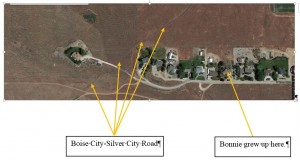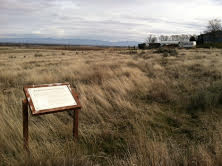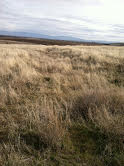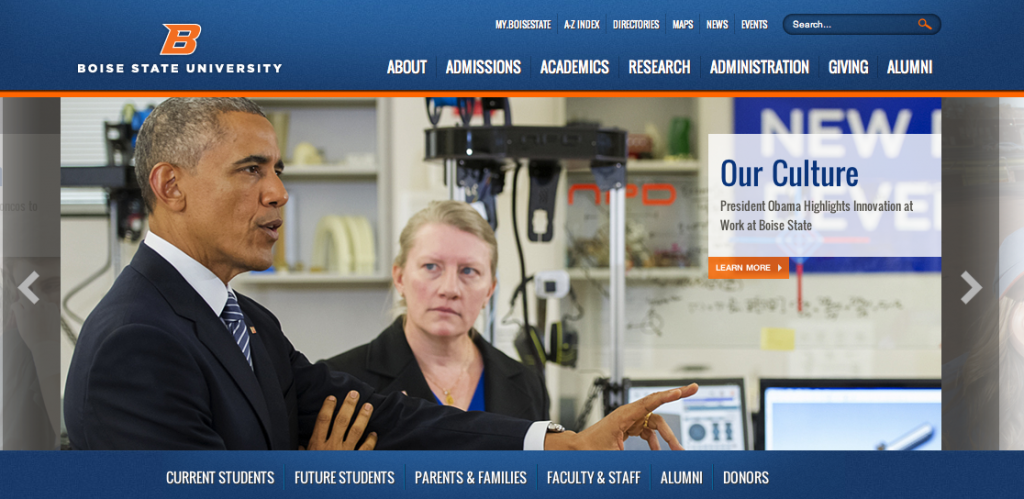In chapter four of our text, I was glad to see that the federal judiciary had granted state, and particularly local government the legal tools necessary to preserve historic building and locations. I had erroneously, as it turned out, believed that a listing on the National Register of Historic Places gave protection to historic buildings and sites. In one sense, local control of designating historic districts and structures is the most democratic means to identifying what is important to a community, what a community supports and is willing to expend resources on. On the other hand, it may allow those with financial power (big business and developers) to deploy their monetary muscle to overpower under resourced grassroots efforts at preservation. Using Boise’s Central Addition as an example, Preservation Idaho, according to their website tried to raise the $450,000 plus needed to buy the land and houses to avoid development, but could only raise about $8,000. Does this show that big money beats local concern, or that in reality the local community is not that concerned? After all, the area is not listed as a historic district, nor are the houses on the National Register of Historic Places. This seems to make the case for preserving the area and the buildings weaker, and conceivably indicates this to developers.
Spurred by the links for this week’s readings I explored Boise’s Historic Districts and discovered that the “castle” on Warm Springs is just outside the Warm Springs Historic District, possibly explaining how it was permitted. Maybe if the site had been inside the Historic District it would not have been built, illustrating the importance of delineating Historic District boundaries as expounded in chapter six. Notwithstanding the aforementioned I do feel sympathy for the property owner in Figarsky vs. Historic District Commission in 1976, where the building itself had been substantially altered, was of no particular historical importance, but blocked the view of encroaching commercial development (122-3). The owner was cited for code violations and decided to demolish the structure. The Connecticut Supreme Court ruled that it could not be demolished, that it had to be brought up to code and the owner was not entitled to any compensation for repairs to bring the building in to compliance.
A central point in chapters nine and eleven is an emphasis on cooperation amongst public and private entities in historic preservation to forge a win-win outcome for preservation and economic development. The Illinois and Michigan Canal National Heritage Corridor (nation’s first officially designated Heritage Corridor) is not owned or exclusively managed by the NPS, but locally owned with a large degree of autonomy providing a good example of this partnership (333). It makes sense to me that preservation is enhanced by tourism and we are informed that heritage tourists spend more on average than other type of visitors (262, 284). Furthermore, in regards to Heritage Corridors “the economic aspect, particularly … has been critical in the justification of their benefits to Congress in order to obtain Federal designation and funding” (334).
While browsing on the links prescribed by the syllabus I looked at Idaho’s listings on the National Register of Landmarks. Out of approximately 2500, Idaho has only ten with the Assay Building in Boise and the Cataldo Mission east of Coeur d’Alene being the most recognizable. On the National Register of Historic Places, many Boise locations are represented. Under Boise, I noticed that Kuna, historically a small agricultural town about 20 miles SW of Boise that now operates as a bedroom community for Boise, had two listings. Seeing as my girlfriend Bonnie was born and raised there, I looked at the two listings. It surprised us both to discover that she grew up a few hundred feet from a location on the NRHP, listed in 1999, after she had moved out of her parents’ house and the marker was placed. It is the visible remnants of a dirt wagon trail, the Boise-Silver City Road, that once linked Idaho City, Boise City and Silver City to “mining communities in Idaho, Nevada, and northern California to San Francisco,” according to the NRHP Registration Form. In the form’s “Statement of Significance” section, it states the road was part of the “transportation corridor” during the 1860s that reflects the “economic importance of southwestern Idaho gold discoveries to the larger Pacific Northwest region.”

Boise-Silver City Road Interpretive Sign 2015


